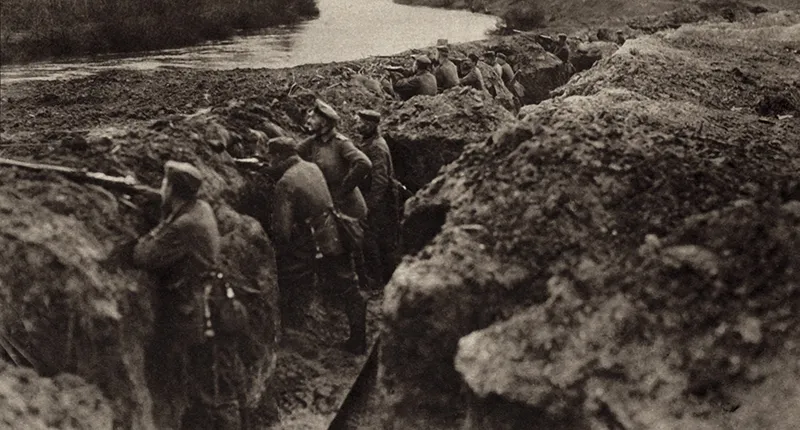
Biography
Glyn is a former Army officer, who has taken up an academic career following his retirement from the Services. He has a MA in Engineering from Downing College, Cambridge and has recently completed a MA in ‘The History of Britain and the First World War’ at the University of Wolverhampton. He is also an active member of the Royal Engineers Historical Society and is a lead author for a chapter in the latest volume of the Corps History. He is also a member of the Western Front Association and contributor to its journal, Stand To!. He lives between France and England and works part-time in the ski industry as an Austrian-qualified ski instructor.
Research Interests
- First World War
- Battles and Actions
- Military Effectiveness
- Performance of British Divisions
- Fortifications
Thesis
An Examination of the Performance of Fifth Army on the Western Front (March – November 1918)
The thesis examines Fifth Army’s performance in 1918. During Operation Michael, the German Spring Offensive, which began on 21 March 1918, Fifth Army lost the bulk of twelve hundred square miles of territory, vast quantities of stores, over 90,000 prisoners and 1,000 guns. It was Britain’s biggest disaster of the First World War, and one of the worst in its military history. On 28 March 1918, the debacle resulted in the removal of Headquarters Fifth Army from command of the operation and the front was handed over to General Sir Henry Rawlinson and his Fourth Army staff. Fifth Army’s commander, General Sir Hubert Gough, lasted only a little longer and following instruction from London, the Commander-in-Chief, Field Marshal Sir Douglas Haig removed him from command.
Despite this significant setback, Headquarters Fifth Army continued to exist and General Sir William Birdwood, who had previously commanded the highly regarded I ANZAC Corps, took command. The Army was formally reconstituted on 1 July 1918, when it took over a sector of the line in French Flanders from First Army. Fifth Army was to fight subsequently in the Advance in Flanders (5 August–7 September 1918) and The Final Advance in Artois (27 September–11 November 1918), the highlight being the liberation of Lille on 17 October 1918.
The thesis is not intended to be a comparative study, except where it is appropriate, as the two Armies fought different types of battle in different circumstances. Any comparisons in performance will be made with the other British Armies who fought the same type of battle at a similar time in 1918. The thesis is taking a thematic approach and will focus on the underlying factors that contributed to the performance of the respective Fifth Armies and not the headline reasons covered by the current literature.
Supervisors
Dr Nick Lloyd (first supervisor)
Dr Aimee Fox (second supervisor)
Features
How the allies won the war in 1918: Strategic alignment or complete u-turn?
What were the key strategic changes made by the Allies that helped bring about an end to World War I?

Features
How the allies won the war in 1918: Strategic alignment or complete u-turn?
What were the key strategic changes made by the Allies that helped bring about an end to World War I?

